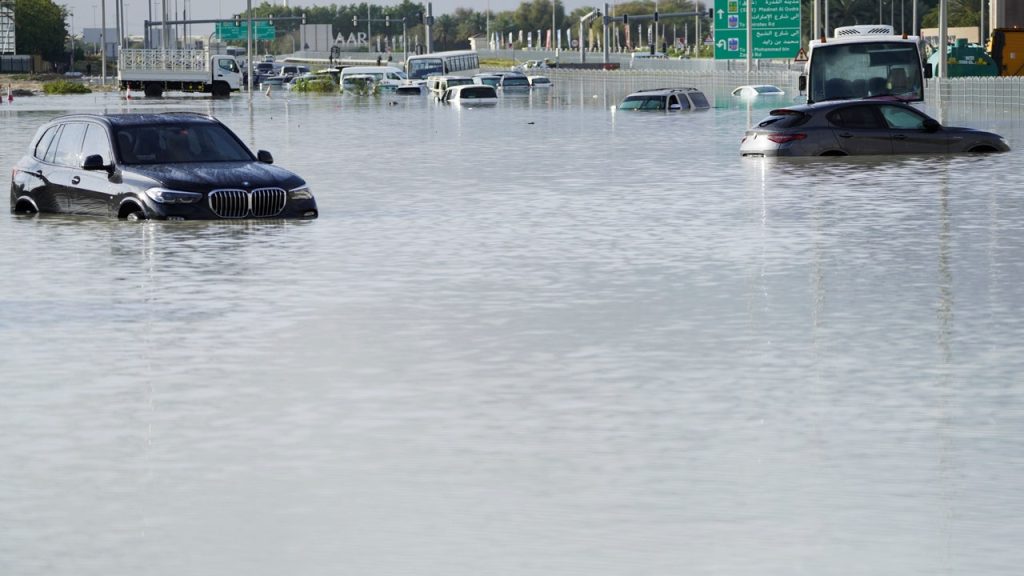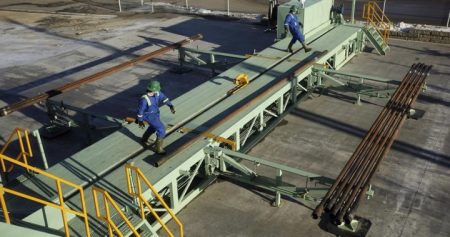Flooding hit the United Arab Emirates recently, surprising experts who typically only see 4 to 5 inches of rain per year. Cloud seeding was ruled out as the cause, as it can produce rain, but not on the scale that drenched the UAE. Scientists warned that the extreme weather was reminiscent of the impacts expected from human-caused climate change. Computer models accurately predicted the heavy rainfall days in advance, underscoring that cloud seeding was not involved. Weather experts explained that three low-pressure systems led to the unprecedented storms, refusing to attribute the flooding to cloud seeding, which some climate change deniers have falsely claimed.
Cloud seeding involves injecting particles into clouds to create nuclei for rain and snow. The method was popularized in the U.S. West in the 1960s, mainly for snowfall. However, its effectiveness remains uncertain despite some recent studies showing positive results. Scientists continue to debate whether cloud seeding can truly influence precipitation or if its impact is negligible compared to the natural forces at play. Despite the uncertainties, governments in drought-prone regions like the U.S. West and the UAE continue to invest in cloud seeding technology in the hopes of boosting water resources. Countries across Asia and the Middle East also utilize cloud seeding as a water management strategy.
The Middle East, including the UAE, experiences infrequent but intense storms that can cause massive flooding. These extreme weather events are becoming more frequent and severe due to climate change, according to recent studies. While cloud seeding may offer some marginal benefits, it is not capable of producing the type of deluge seen in the UAE. Scientists reiterate that the complex atmospheric forces at play far outweigh the potential impact of cloud seeding. Meteorologists clarify that while humans may have some influence over long-term climate patterns, controlling individual weather events like heavy rainfall remains beyond current capabilities. The flooding that hit Dubai was the result of a rare, but not unprecedented, tropical storm occurrence common in the region, underscoring the powerful forces of nature at play.
While cloud seeding can provide some small benefits in water-stressed regions, it is not a panacea for addressing major weather events like the UAE flooding. The method’s effectiveness remains a subject of scientific debate, with some studies showing positive outcomes and others questioning its impact. Despite the uncertainties surrounding cloud seeding, governments in drought-prone regions continue to invest in the technology to improve water resources in the face of increasing water scarcity and climate change impacts. By focusing on understanding the broader impacts of climate change on extreme weather events, scientists hope to redirect the conversation away from cloud seeding as a potential cause of the recent heavy rainfall in the UAE, emphasizing the need for climate action to mitigate future extreme weather events.















